In Schöck Isokorb®, the tensile forces are transmitted through the insulation layer by means of stainless steel and the compressive forces by means of steel microfiber-reinforced high-performance fine-grained concrete with PE‑HD plastic coating. Depending on the selected type, moments and/or shear forces can be transferred. This limited force transmission must be considered in the structural analysis.
Technical information according to EC 2 for Isokorb® includes an FEM guideline where the modeling is described.
Basically, the modeling in RFEM can be done using line hinges or line releases between the respective surface elements. There is the following distinction:
- Line Hinge
The line hinge should rest on the external side (balcony side). However, it is not possible to consider any nonlinearities when using the line hinge.
- Line Release
It is possible to enter nonlinearities. This allows you to consider the spring ineffectiveness of Isokorb®.
The detailed procedure for entering Schöck Isokorb® together with model files is described in the technical article of our Knowledge Base, which you can find under Links below. Furthermore, a webinar shows the modeling of a balcony slab using Isokorb®.
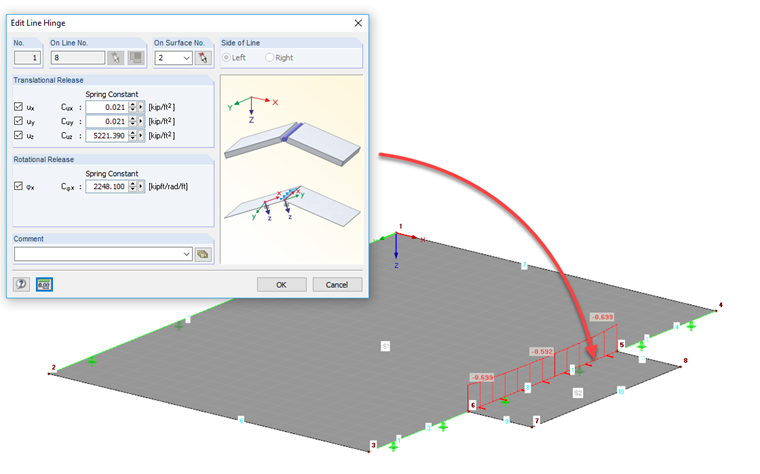
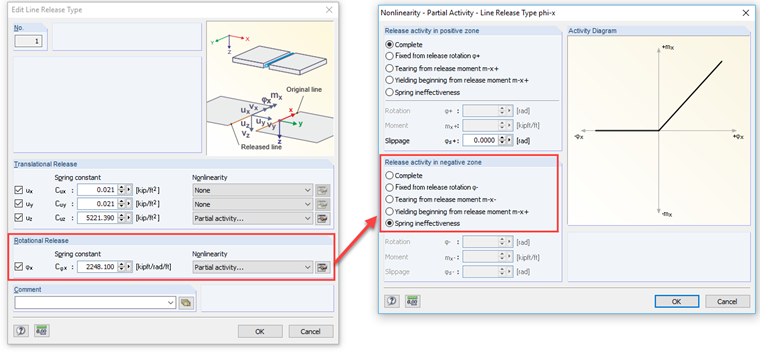
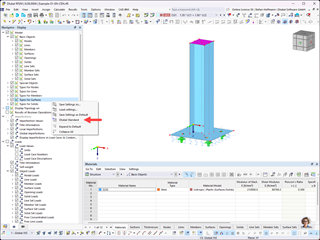

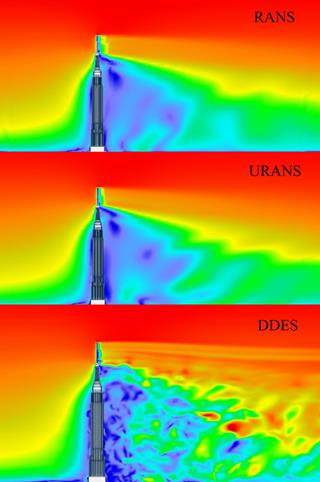

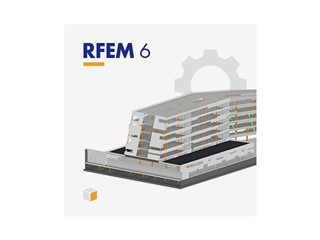






















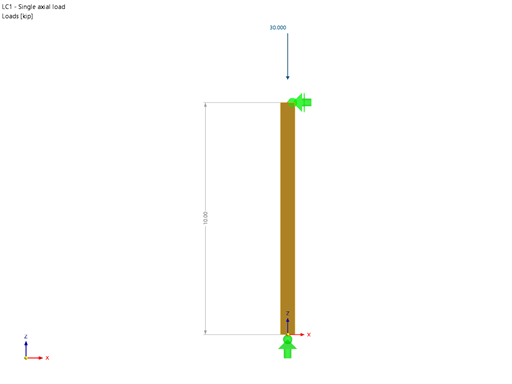





![Reduction of Building to Cantilever Structure: The individual mass points represent the floors. The deflection due to the normal compression forces shown in (a) is (b) converted into equivalent moments of displacement or shear forces [2].](/en/webimage/009762/2420261/01-en-png-12-png.png?mw=350&hash=dd36dc43123116724231958668ad6cdcb13a0169)




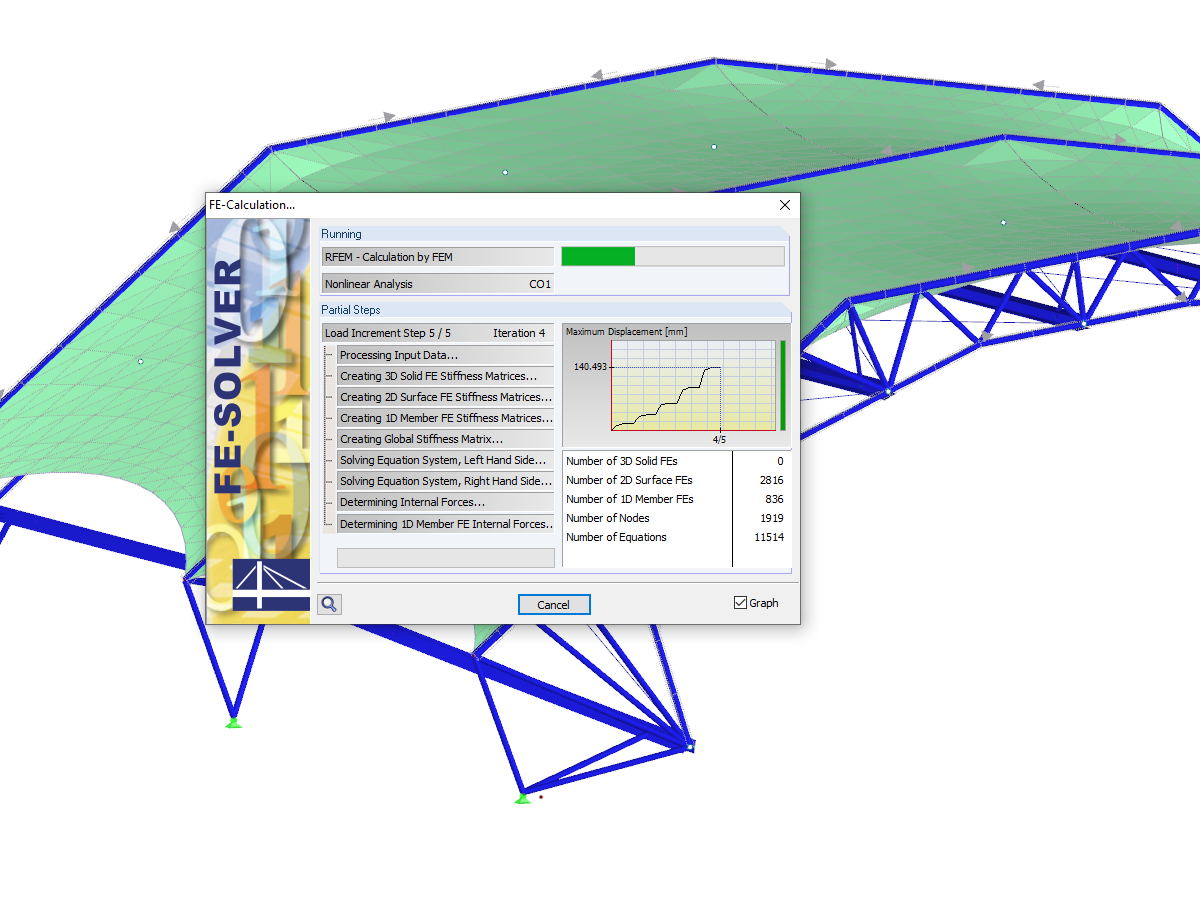.png?mw=512&hash=ea9bf0ab53a4fb0da5c4ed81d32d53360ab2820c)








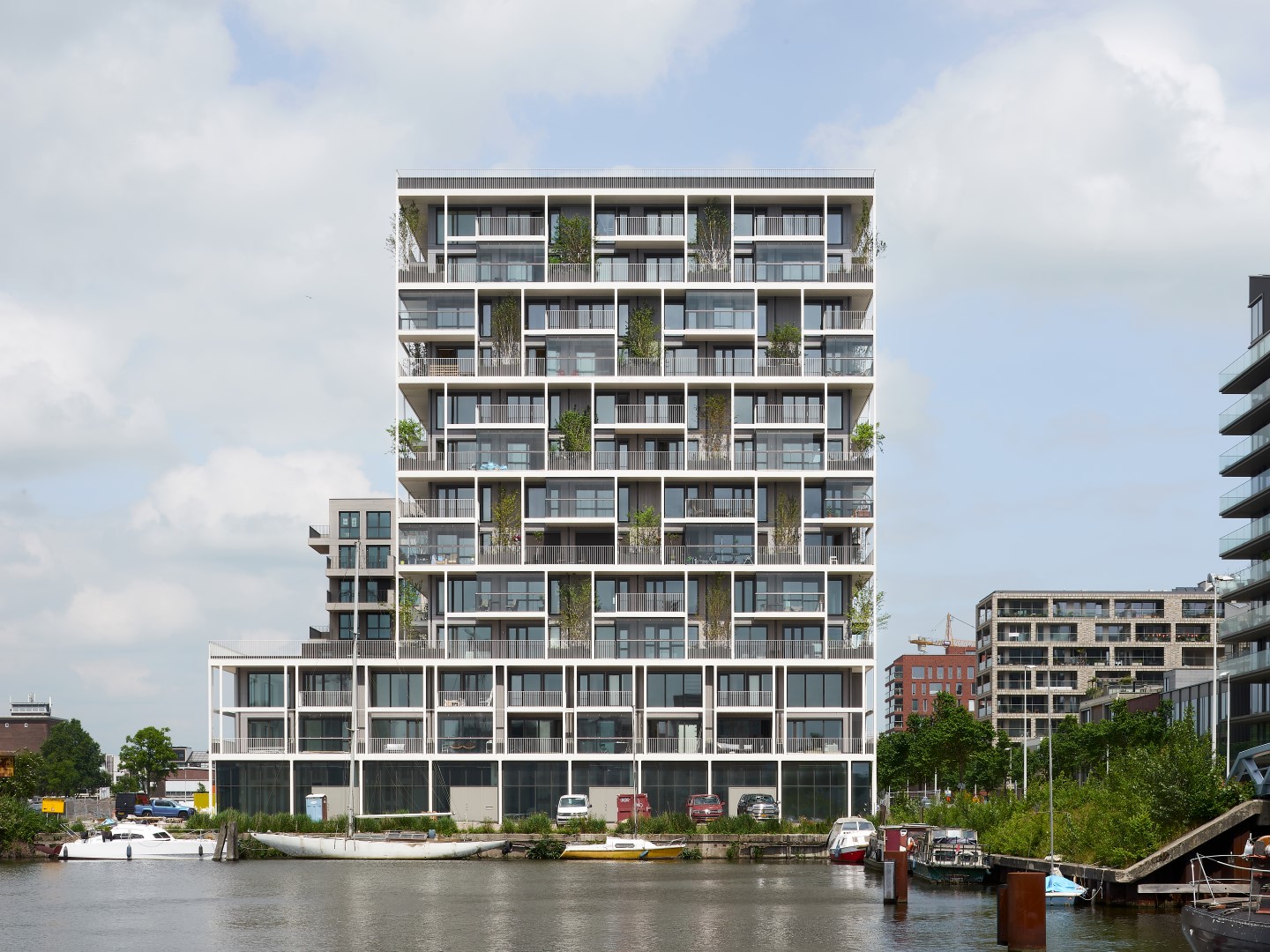.jpg?mw=350&hash=8f312d6c75a747d88bf9d0f5b1038595900b96c1)
